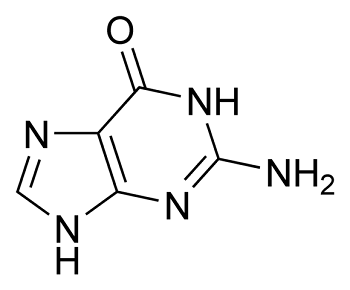Chemical

The term chemical is a broadly used, but relatively vague term. People often misuse the word chemical to mean only substances that are human-made and dangerous; substances that were created in a laboratory. However, chemicals refer to a far more general substance—most occur naturally—and many (made in laboratories or not) are harmless. Chemicals make up the food people eat, and people themselves. A chemical is some type of matter that has a constant composition (in terms of molecules or atoms). It also has physical properties such as a density, refractive index, conductivity, melting point, and boiling point that can be used to characterize this substance.[2]
Essentially, anything that is made up of matter is made up of chemicals and thus nearly everything a person uses throughout the day is composed of chemicals—whether it is natural or man-made. Chemical substances are essential for daily life, providing sustenance, keeping us clean and healthy, fabricating electronic devices, and enabling transportation.[3]
Chemicals can exist as solids, liquids, gases, or plasma and change between these states with changes in temperature and pressure. In addition, chemicals can take part in chemical reactions which change one chemical substance into another.[4] When chemicals are changed and combined in these ways, they must be given a name and chemical formula. The chemical formula provides a list of atoms that make up one molecule of the new chemical. Some are even provided more specific names[3] such as ammonia and ammonium.
For Further Reading
- Chemical bond
- Matter
- Phase change
- Chemical reaction
- Water cycle
- Or explore a random page
References
- ↑ Wikimedia Commons. (May 15, 2015). Guanine [Online]. Available: http://commons.wikimedia.org/wiki/File:Guanine_chemical_structure.png#/media/File:Guanine_chemical_structure.png
- ↑ IUPAC. (May 15, 2015). Chemical Substance [Online]. Available: http://goldbook.iupac.org/C01039.html
- ↑ 3.0 3.1 Chemistry, Rice University, 2015. [Online]. Available: https://web.ung.edu/media/Chemistry2/Chemistry-LR.pdf
- ↑ J.Kotz, J.Townsend, P.Treichel. (May 15, 2015). Chemistry and Chemical Reactivity, 8th ed. Belmont, CA, U.S.A: Brooks/Cole, 2012.

